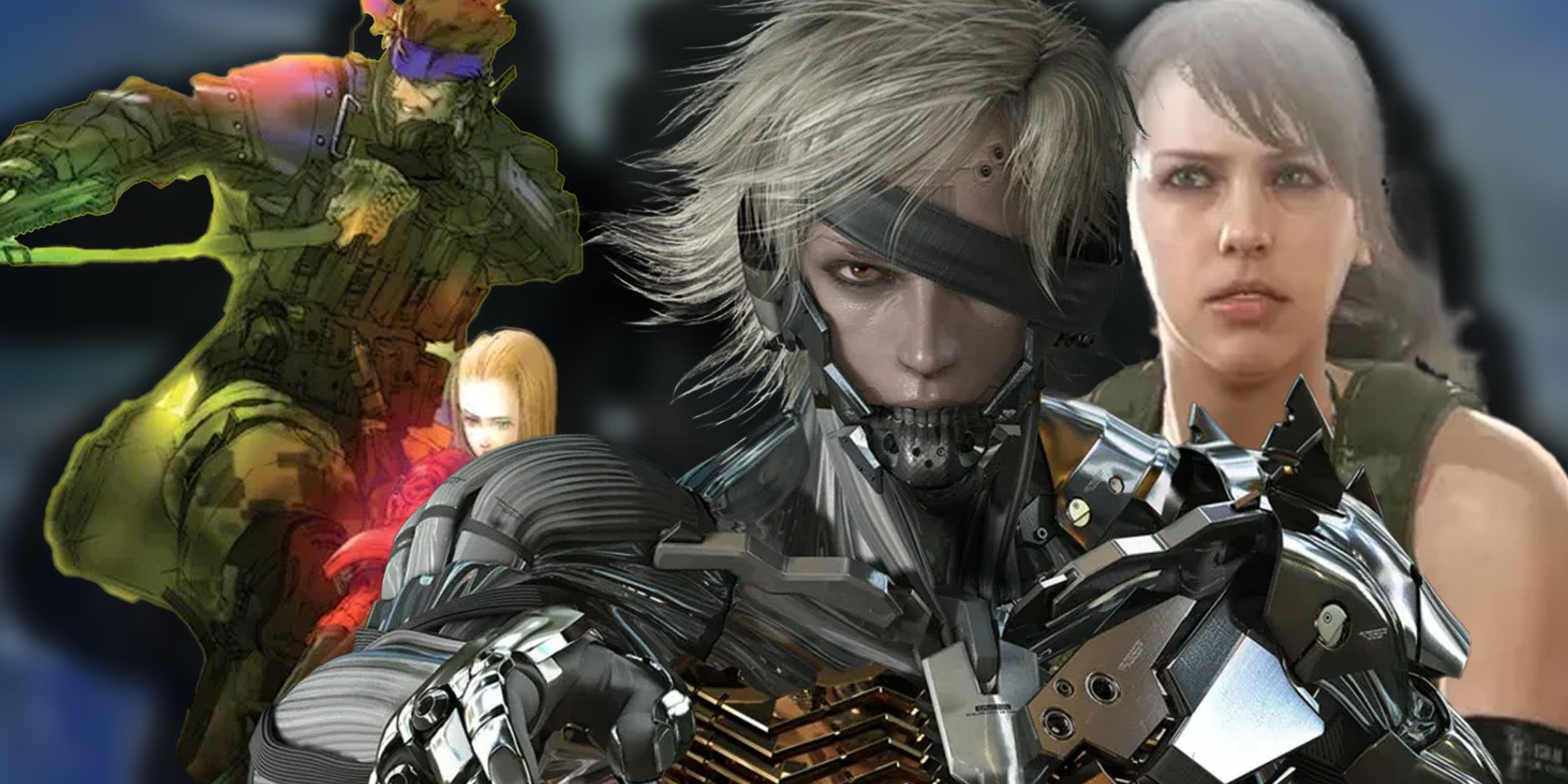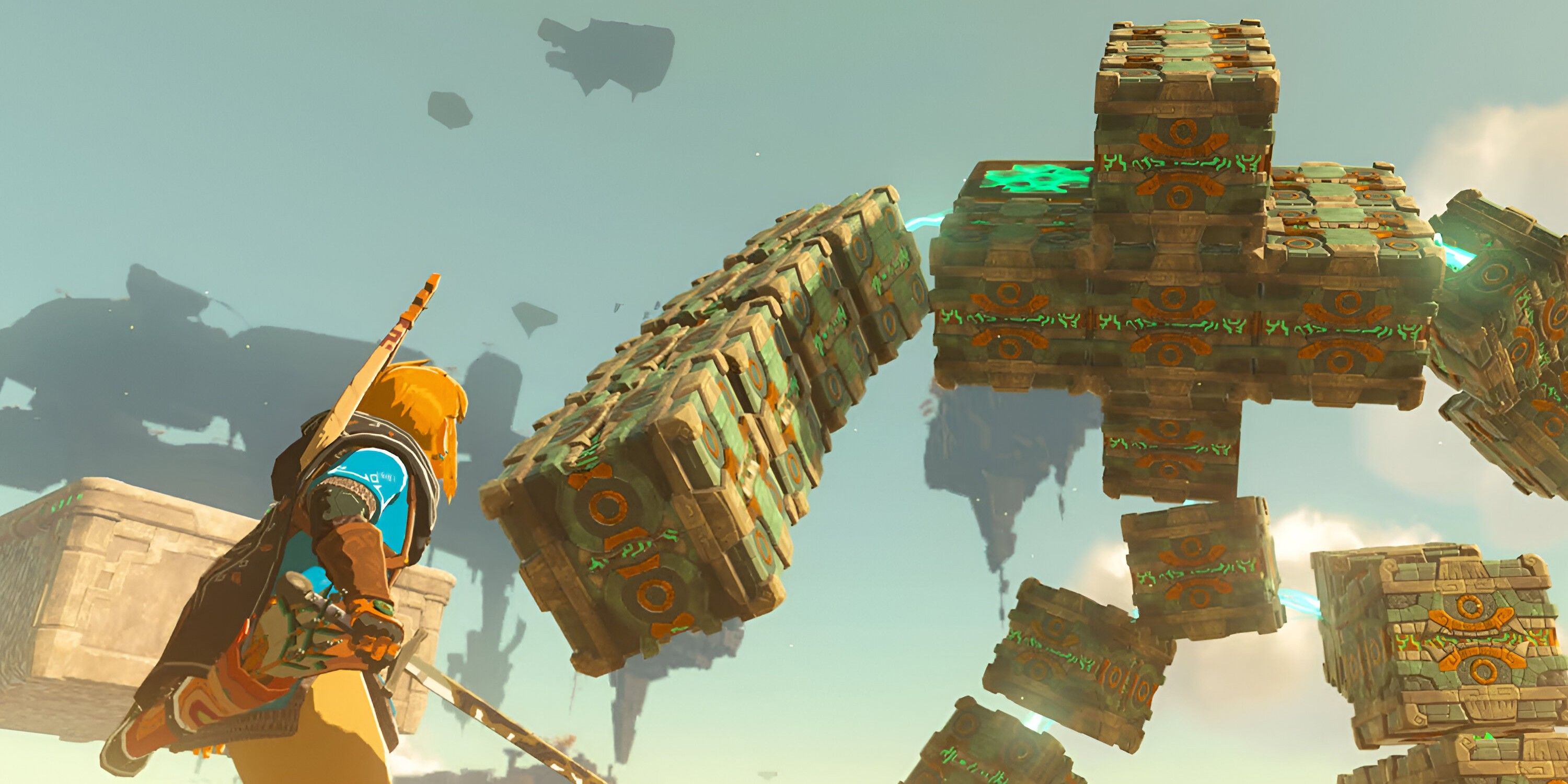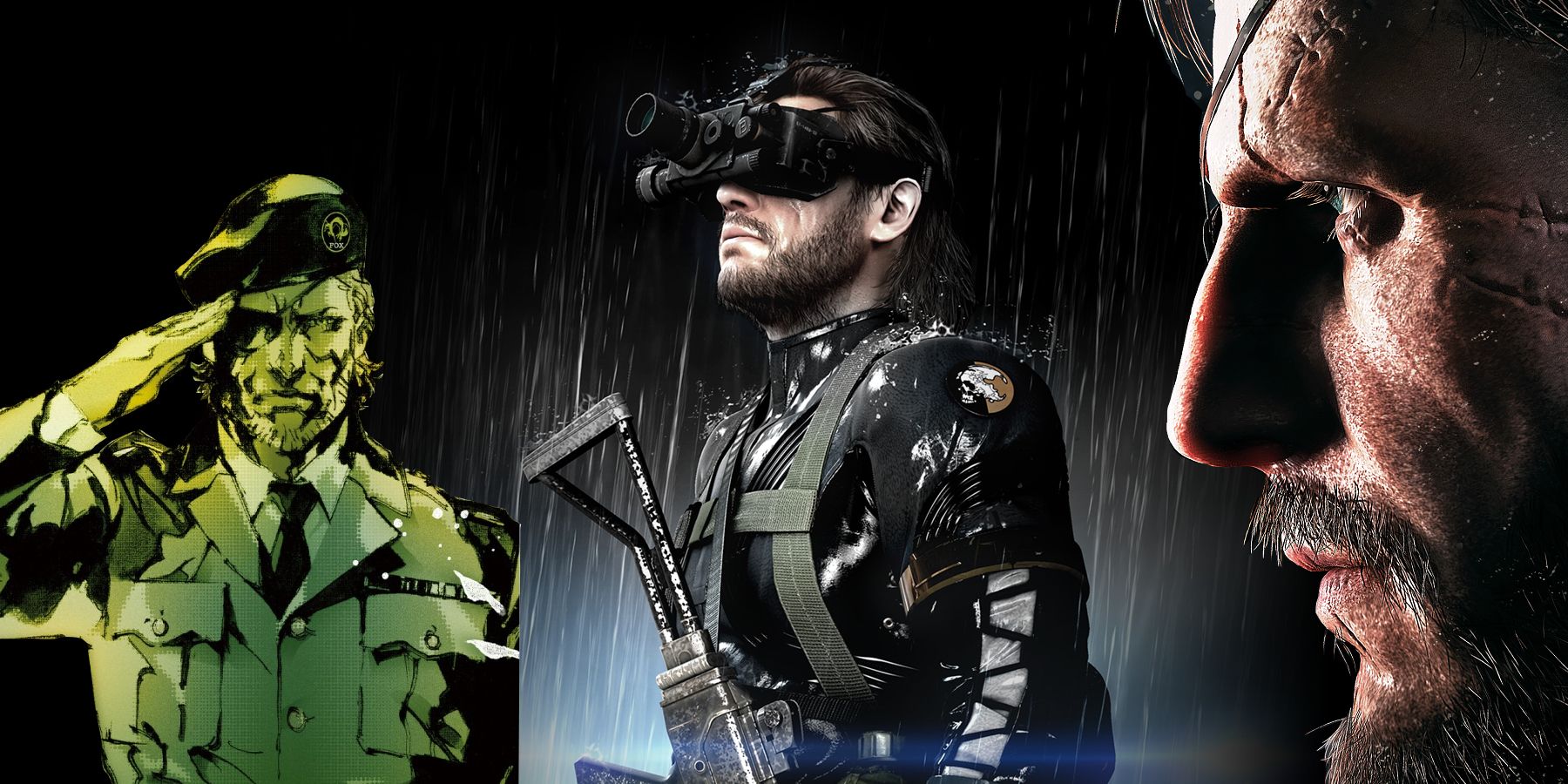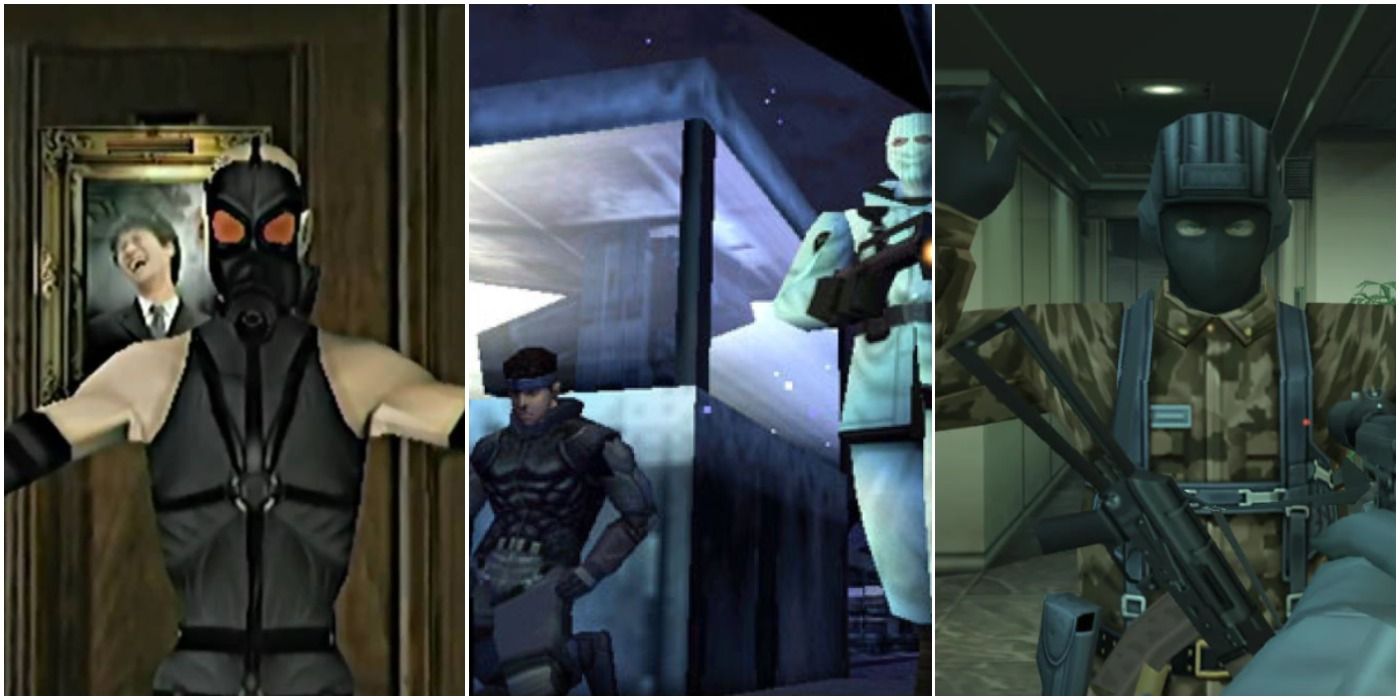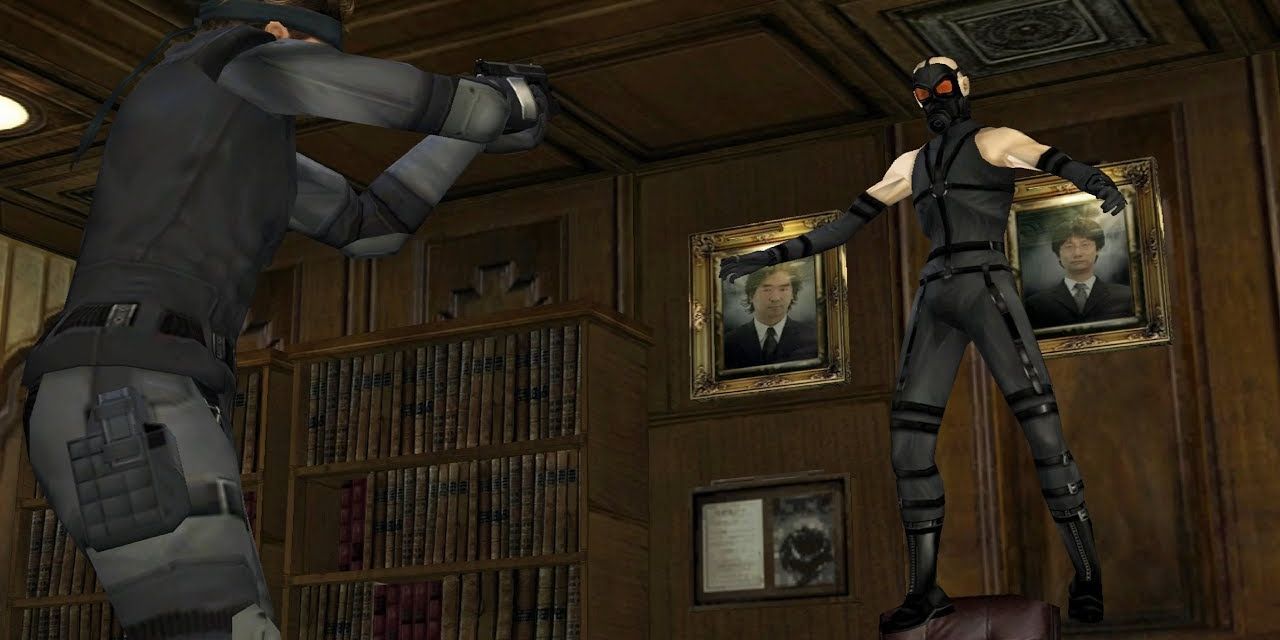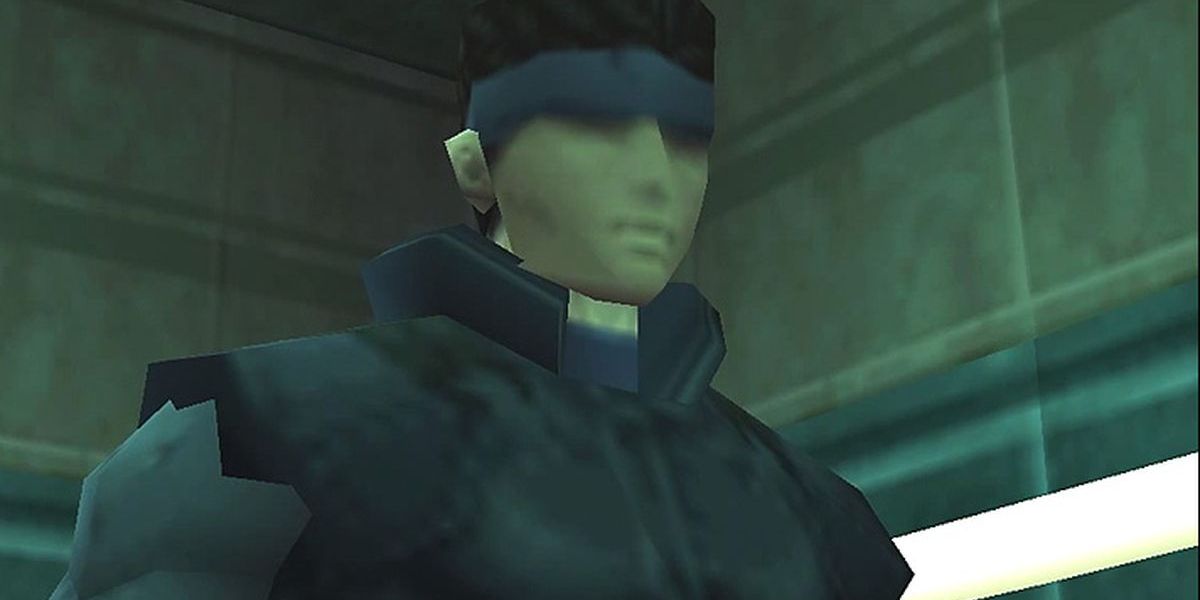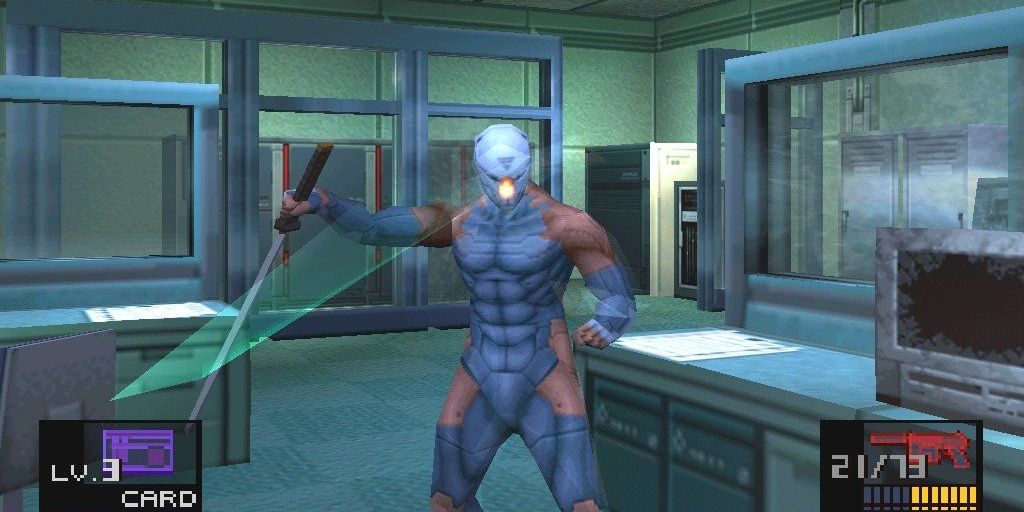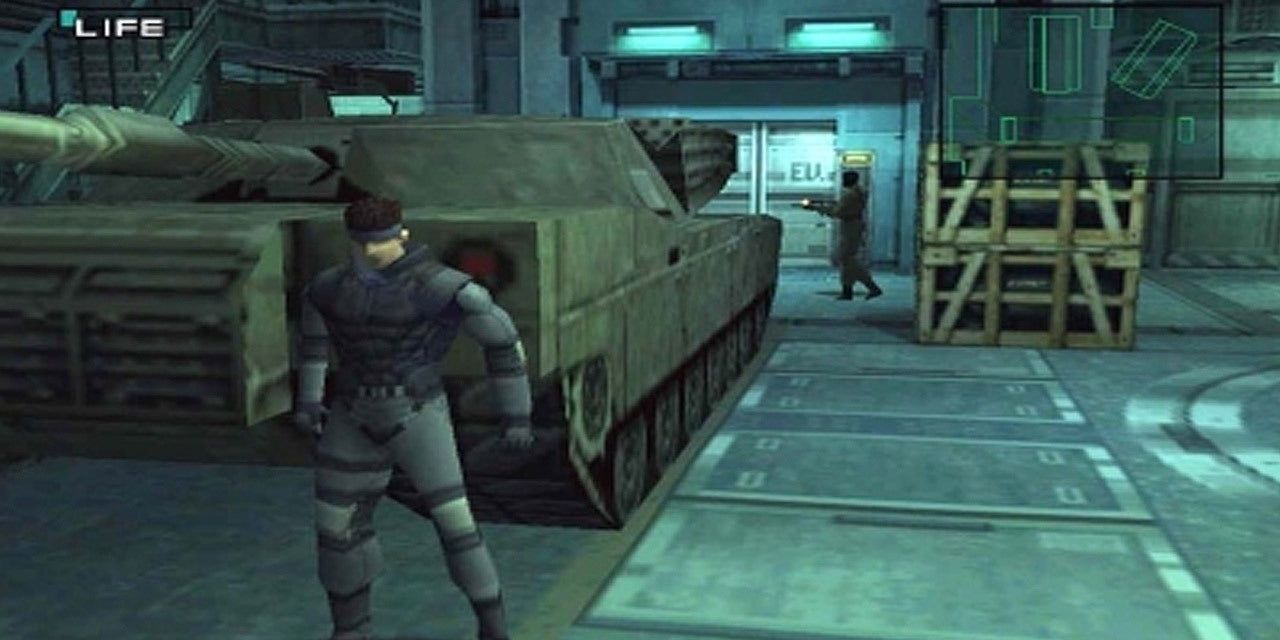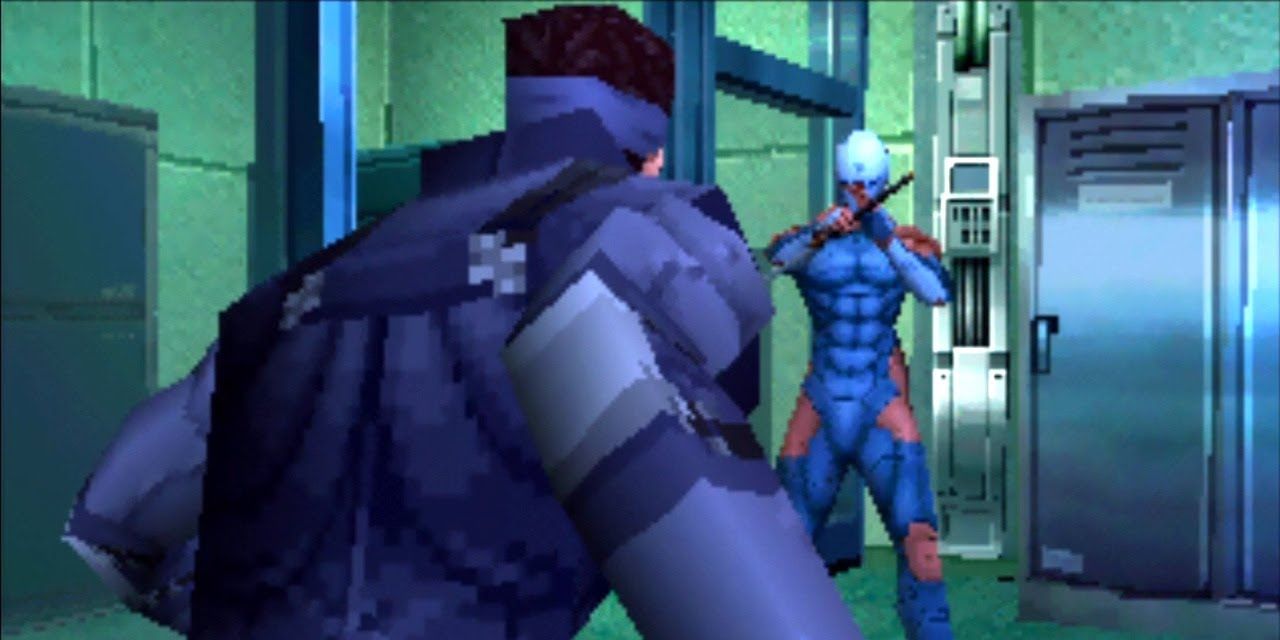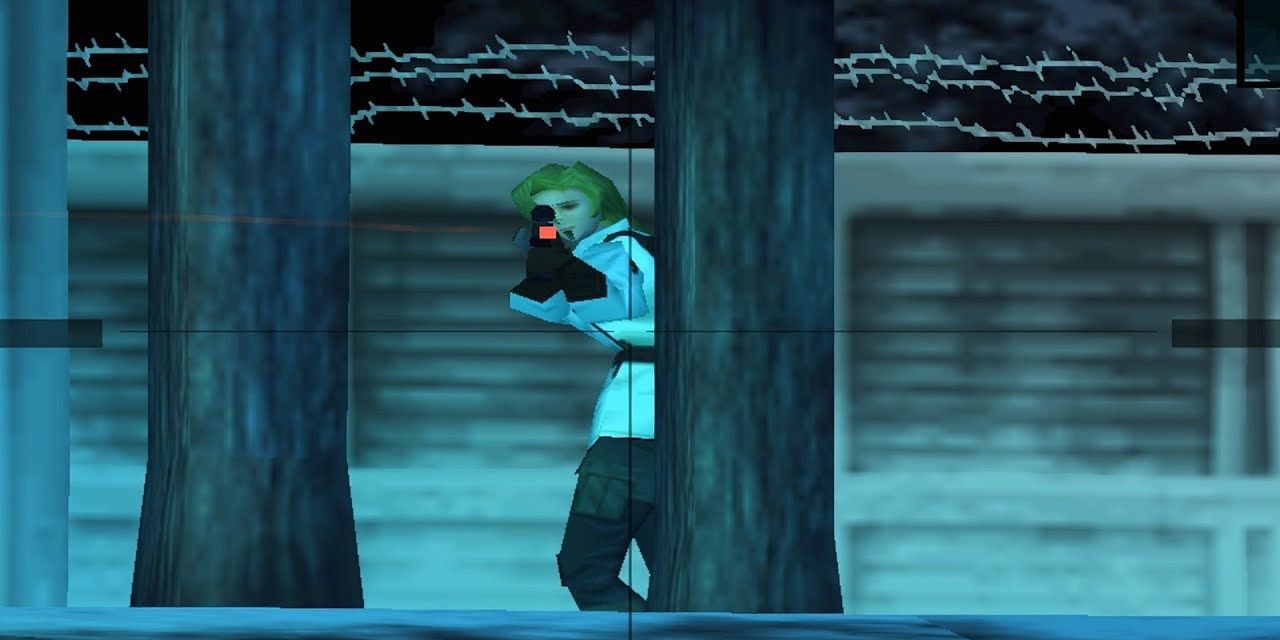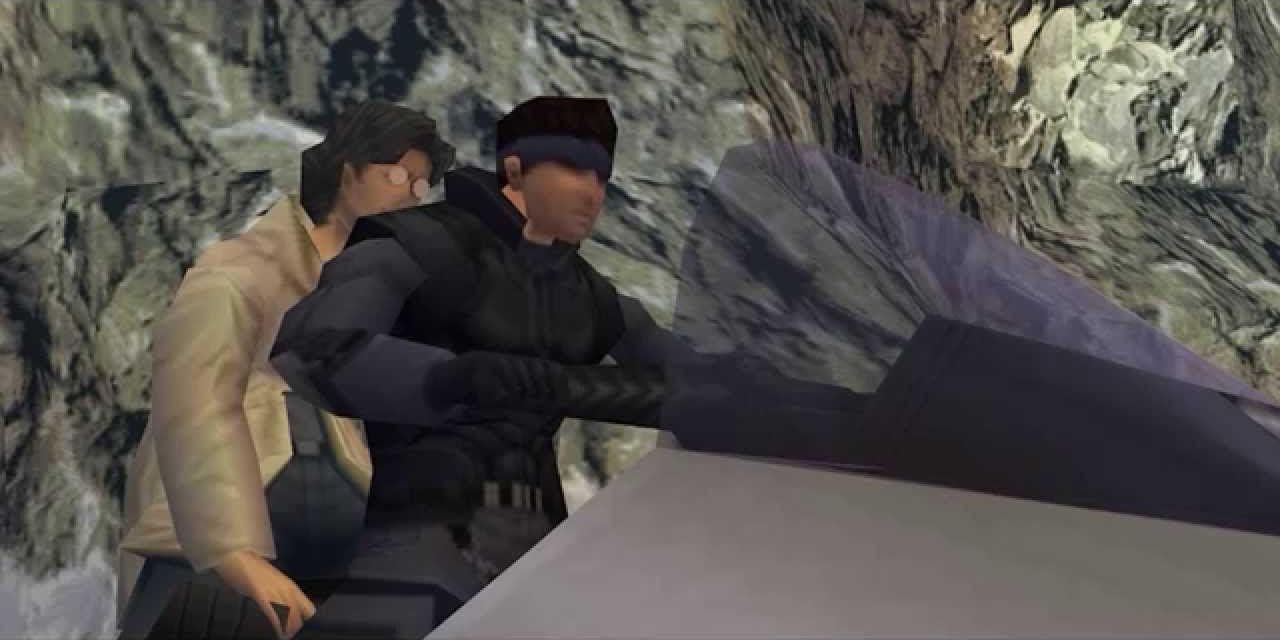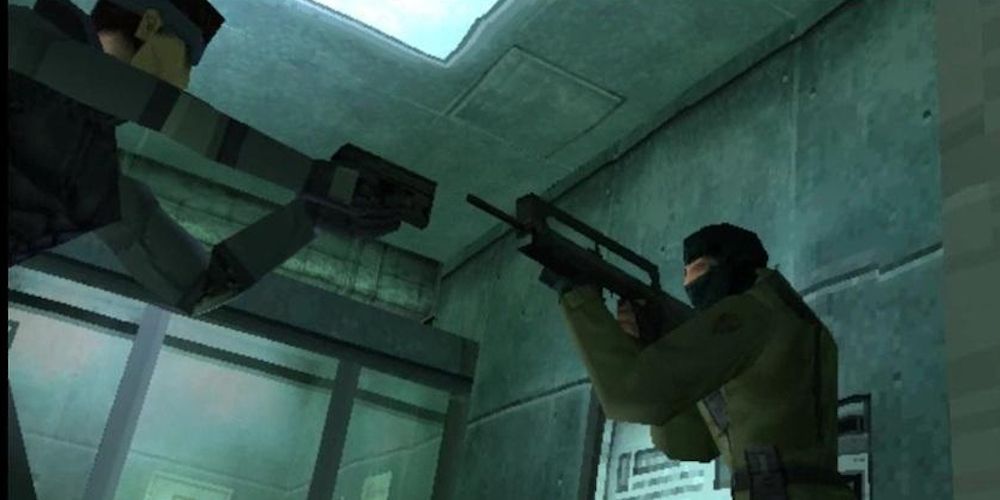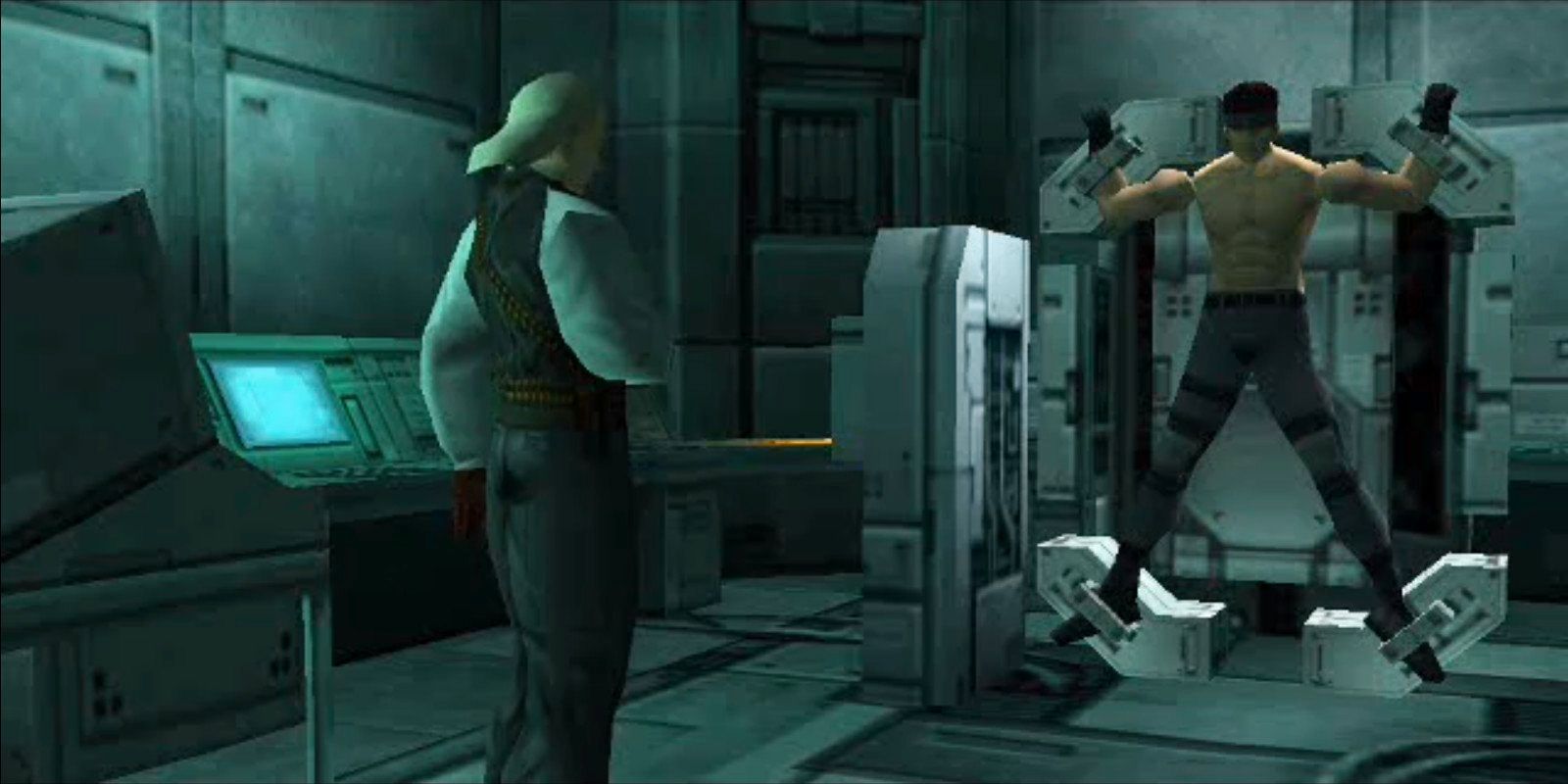There are many video game franchises that have actually helped define the industry, truly showing that games should be appreciated as an art form. Metal Gear Solid is absolutely a series that fits this mold, largely due to the extremely innovative ideas that Hideo Kojima brings to the industry.
But back on the original PlayStation, games of this pedigree were a rare sight indeed. The first Metal Gear Solid is still a fundamental video game that has thoroughly made its mark on the industry at large, but it’s not without its faults, which have become slightly more evident over the years. Without detracting from its importance, it's safe to ask how well it holds up today.
10 Timeless: The Psycho Mantis Boss Battle
Hideo Kojima has become famous for the ways in which he pushes video games to evolve beyond their limitations. Many of the boss battles throughout the first Metal Gear Solid are fairly standard experiences for their time, but the fight against the mind-reading Psycho Mantis is still looked at as a challenging and unconventional strategy for a boss.
Psycho Mantis reads the player's mind by reading the data on their memory card. It's an especially surreal moment that breaks the fourth wall and the solution involves plugging the controller into the second port.
9 Hasn’t Aged Well: Its Graphics
The era of the original PlayStation is formative for the video game industry and it helped usher in a number of franchises that are still around today. But despite the conceptual strength of many PlayStation games, their graphical limitations are glaringly obvious, and some titles look a lot rougher around the edges than others.
Modern Metal Gear Solid games are some of the most beautiful video games available, but the first game is hard to look at now. The remake for the Gamecube, Twin Snakes, is a potential alternative that amends this issue to some degree.
8 Timeless: The Trademark Kojima Weirdness
Hideo Kojima has become one of the most groundbreaking names in video game development and he's only pushed more boundaries with his more recent titles. Some people even play Kojima games more for the individual touch that he brings to them rather than the actual story. Metal Gear Solid is no exception to this, and at the time of its release, the "Kojima touch" was perhaps even more revolutionary than it is today. Invisible ninjas, deadly mechs, and the trademark bizarre and uncanny sense of humor are just the tip of the iceberg.
7 Hasn’t Aged Well: Maps Can Be Simplistic
The Metal Gear Solid genre showed audiences that stealth action titles could be unique and entertaining in a way that’s different than the standard action experience. Metal Gear Solid focuses on niche elements to make it truly feel tense when Solid Snake tries to infiltrate an area and remain inconspicuous. Despite the strength of these mechanics, the maps for the levels can be a bit bland and simplistic in nature. The Shadow Moses facility is especially basic and feels like a step backward from how bold the storytelling is during this moment. They don’t compliment each other very well today, to say the least.
6 Timeless: How It Popularized & Advanced The Stealth Genre
Video games were much more simplistic during the era of the original PlayStation. Action games were plentiful, but they were fairly formulaic. And up until this point, very few games got into the nitty-gritty of stealth in the same way. It's easy to forget that the original Metal Gear Solid has the subtitle, "Tactical Espionage Action." The title features disguises, betrayal, and copious amounts of gadgetry. Players can't just charge through a level and they really need to plan ahead. Even the common cold or visible footprints can ruin a mission.
5 Hasn’t Aged Well: The Boss Battles Are Lackluster
Metal Gear Solid is an innovative game for a number of different reasons, but the majority of them relate to core gameplay concepts and how to push the action genre forward rather than focusing on the minutiae of boss battles. As a result, creative boss fights aren’t the main priority in Metal Gear Solid. The obvious exception here is the Psycho Mantis fight, which is one of the game’s highlights. The rest of these fights are very simplistic and there’s not much depth to them once the basic pattern of attack is recognized.
4 Timeless: Its Eccentric Characters
Many video games are able to achieve greater levels of notoriety thanks to memorable and unusual characters. Metal Gear Solid trades exclusively in that material with heroes and villains that fit unmistakably into the Kojima brand. Solid Snake is a very surreal protagonist and one of the biggest deviations possible from a standard action hero.
The villains that Snake faces, like Revolver Ocelot, Sniper Wolf, and Vulcan Raven, somehow manage to be even more ridiculous. It illustrates that characters in action games don't need to take themselves too seriously or fulfill preconceived stereotypes.
3 Hasn’t Aged Well: Its Length Is Very Short
The general scope and playable length of video games have expanded in truly impressive ways — what would have passed for a very lengthy action or adventure game then would barely pass average today. Video games were obviously much shorter and couldn’t handle as much back during the days of the original PlayStation, with some notable exceptions in the ranks of various RPG epics. However, Hideo Kojima has always been someone who values quality over quantity, but the length of the first Metal Gear Solid comes across as particularly egregious in a modern context. This short length is even more glaring considering how big the subsequent entries in the series have become.
2 Timeless: The Cinematic Cutscenes
It's strange to consider how thoroughly cut scenes have become ingrained into the beat-by-beat storytelling of video games. At this point, there are generally dozens of hours of cut scenes in a Metal Gear Solid game, but at the time that the first game released, the art was very different and it was typically FMV sequences that were used. Kojima strived for more artistry and went for bolder storytelling to truly make video games feel more like movies. The scope of the cut scenes and the over-the-top performances that the actors give in these roles are deeply innovative.
1 Hasn’t Aged Well: The Torture Scene
Metal Gear Solid’s most controversial moment is the intense torture scene carried out by Revolver Ocelot. This idea is innovative in principle, but it involves a lot of button mashing to survive the grueling torment that it puts players through. Not only is the method of implementation now archaic in reference to modern QTE sequences, but the torture scene is easily the most graphic moment in the game. While the series has gone to more outrageous places over the years, it’s still jarring for an original PlayStation title. Considering public perception of torturing hostages hasn’t exactly become more positive over the years, it's worth wondering if they could actually get away with including it today.

